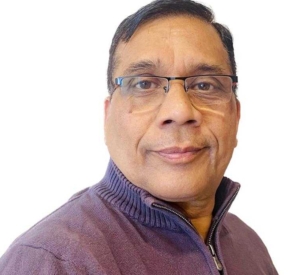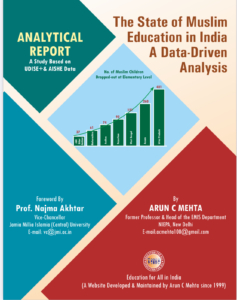Enrollment & Gender Parity in Higher Education Institutions between 2011-12 to 2014-15: An Analysis based on Higher Education Statistics: 2011-12 to 2014-15, Ministry of Education
Introduction
Higher education plays an important role in shaping the future of individual and societies. It is essential to analyze the enrollment trends and gender parity in higher education institutions to ensure equal access and opportunities for all. This article examines the enrollment data and gender parity index in the higher education sector.
Higher-Education-Statistcs-at-a-Glance-2011-12-to-2014-15-Ministry-of-Education
Enrollment Trends
According to the Analysis of Enrollment and Gender Parity in Higher Education Institutions, the total enrollment in higher education institutions has consistently increased. From 34,774 in the year 2015, it has reached 45,424 in the year 2019; this signifies the growing demand for higher education among students. Moreover, the gender-wise enrollment data reveals that while male enrollment has increased, female enrollment has grown substantially. In 2015, female enrollment stood at 12,922, reaching 15,273 in 2019.
Gender Parity Index
To ensure gender parity, it is essential to analyze the gender parity index (GPI) in higher education. The GPI is a ratio that measures the enrollment of females to males in an educational institution. The ideal GPI value is 1, which signifies perfect parity. The available data indicates that the GPI has shown improvement over the years. In 2015, the GPI for all categories stood at 0.9, reaching 0.92 in 2019; this shows that efforts towards achieving gender parity in higher education yield positive results.
Enrollment Disparities
Although overall enrollment has increased, some disparities exist. The enrollment data analysis reveals a considerable gap between the number of male and female students. In 2019, male enrollment was 37,98,089, while female enrollment was 28,91,107; this indicates that there is still an imbalance in gender representation in higher education institutions. Efforts must be made to bridge this gap and ensure equal opportunities for all genders.
Recommendations
To reduce the disparities in enrollment and achieve better gender parity, the following suggestions may be considered:
- Awareness and Outreach Programs: Conduct targeted campaigns to create awareness about higher education opportunities for females, especially in rural and underprivileged areas.
- Scholarships and Financial Support: Provide financial assistance and scholarships to female students to encourage their enrollment in higher education institutions.
- Gender Sensitization: Implement gender sensitization programs within an educational institution to create a more inclusive, supportive environment for female students.
- Policy Reforms: Review existing policies to promote equal access and opportunities for all genders in higher education.
Concluding Remarks
Analyzing enrollment trends and gender parity in higher education institutions is crucial to ensure equal access and opportunities. While there has been an overall increase in enrollment and improvements in the gender parity index, there is still a need to bridge the gender gap in higher education. By implementing targeted initiatives and policy reforms, we can create an inclusive and equitable higher education system that fosters the growth and development of all individuals, regardless of their gender.
The analysis presented above is exclusively based on the statistics made available through the Higher Education Statistics: 2011-12 to 2014-15, which is downloaded from the official website of the Ministry of Education. Since 2014-15, the situation might have changed, for which the more recent statistics based on the All India Survey of Higher Education may be analyzed.



